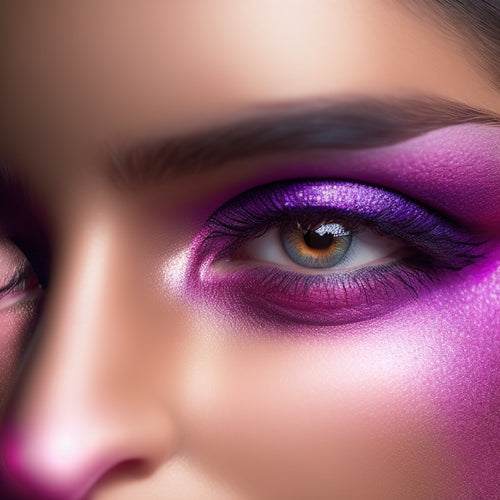
En Pointe: The Essential Ballerina Shoes
Share
Ballerina shoes, commonly referred to as ballet slippers, are an essential foundation for any ballet dancer's wardrobe. These lightweight, flexible shoes are specially designed to support and protect a dancer's feet while allowing for graceful movements and exceptional performance. In this comprehensive guide, we will delve into the key features of ballerina shoes, discuss their various materials and components, offer tips on selecting the right pair, and address some frequently asked questions about their care and maintenance.
Key Features of Ballerina Shoes
Ballerina shoes are designed to provide dancers with optimal support, protection, and comfort. They feature several crucial characteristics that distinguish them from other types of footwear:
- Flexible, thin soles: This allows dancers to feel the floor and move with ease, providing essential feedback for proper form and technique.
- Soft, snug fit: A close fit ensures the shoe stays securely on the foot and prevents it from slipping during intricate movements.
- Flat profile: This design promotes proper alignment and improves balance, reducing the risk of injury.
- No heels: Compared to other dance shoes, ballet slippers have no heels, enabling a full range of motion and facilitating pointe work and jumps.
Each of these features contributes to the overall performance and aesthetic appeal of ballerina shoes, making them an indispensable part of a dancer's repertoire.
Materials and Components of Ballerina Shoes
Ballet slippers are typically made of one of three primary materials: soft leather, canvas, and satin. Each material has its own unique set of advantages and drawbacks, so it's essential to consider which one best suits your needs and preferences.
Soft Leather
Leather ballerina shoes are known for their durability and traditional appearance. They tend to mold to the shape of the foot over time, providing a customized fit. Their increased longevity makes them a popular choice for both beginners and professionals.
Canvas
Canvas ballerina shoes are more breathable than their leather counterparts, making them an excellent option for dancers with sweaty feet. They are also machine-washable, lightweight, and often less expensive than leather or satin options.
Satin
Satin ballerina shoes are the most aesthetically pleasing of the three materials, boasting a shiny, elegant finish. They are often reserved for performances rather than daily practice due to their delicate nature and reduced durability.
How to Choose the Right Ballerina Shoes
Selecting the perfect pair of ballerina shoes is crucial for a dancer's comfort and performance. Here are a few factors to consider when making your decision:
- Material: As discussed above, the choice of material will depend on your personal preferences, needs, and intended use.
- Size: Ballet slippers should fit snugly without causing discomfort. Your toes should lie flat in the shoe without feeling cramped, and the heel should not slip when you walk or perform.
- Sole type: Ballerina shoes are available with full or split soles. While full soles provide more support, split soles are more flexible and allow for enhanced articulation of the foot.
Frequently Asked Questions about Ballerina Shoes
How to care for ballerina shoes?
Proper care and maintenance of your ballerina shoes will extend their lifespan and ensure optimal performance. For leather and canvas shoes, periodically clean them with a damp cloth, avoiding excessive moisture. Allow them to air dry, away from direct heat sources. Satin shoes can be spot-cleaned with a damp cloth. For more thorough cleaning, consult a professional.
When should you replace your ballerina shoes?
It's time to replace your ballet slippers when they show signs of excessive wear, such as holes or thinning soles, or when they no longer provide adequate support and comfort. The frequency of replacement will vary depending on your dance habits and the shoe's material.
Can ballerina shoes be worn outdoors?
Ballet slippers are designed for indoor use on dance floors and should not be worn outdoors to avoid damage and premature wear.
In Conclusion
Choosing the right ballerina shoes is essential for both the comfort and performance of any ballet dancer. By understanding the key features, materials, and selection factors, you can find the perfect pair to elevate your dance experience. Proper care and maintenance will ensure that your ballerina shoes serve you well throughout your dancing journey.
Related Posts
-

7 Time-Saving Hacks for Makeup Artists' Self-Care
As a makeup artist, you know the importance of self-care, but finding time for it can be a challenge. You're not alon...
-

What Makes a Stunning Lyrical Dance Makeup Look?
You craft a stunning lyrical dance makeup look by balancing ethereal, emotive essence with subtle, shimmering accents...

